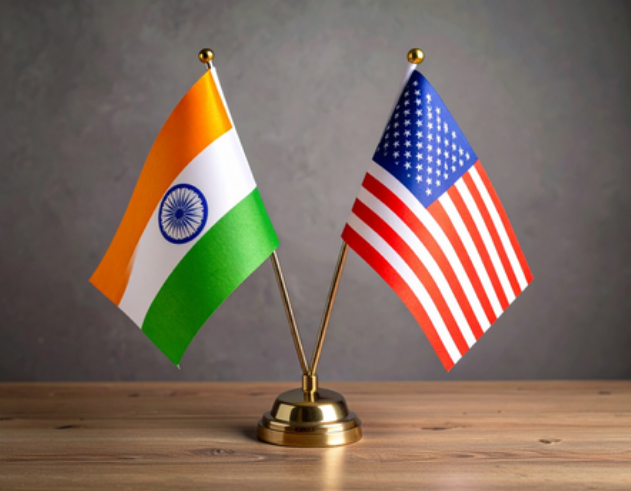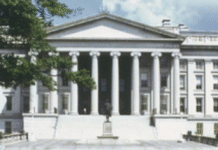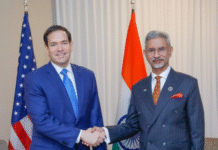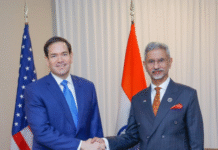NEW DELHI– As Prime Minister Narendra Modi prepares for his first visit to China in six years and National Security Advisor Ajit Doval holds key defense talks in Russia, analysts say there are early signs India may be reassessing its strategic alignment in the wake of escalating trade tensions with the United States.
A report released Friday by M Financial Institutional Securities suggests investors should closely monitor what could be a significant recalibration of India’s geopolitical posture, driven in part by the recent actions of the Trump administration.
“The U.S. has paused trade talks and announced 50 percent tariffs, while offering more favorable terms to China and Pakistan,” the report said. “Washington’s stated justification centers on India’s continued oil imports from Russia and its growing role in BRICS. Alongside criticism of U.S. firms manufacturing in India, this appears to mark a major reversal in U.S. policy.”
India’s trade relationship with the U.S. had grown considerably in the post-COVID period, buoyed by global interest in the “China+1” supply chain strategy. The U.S. is now India’s largest export market, accounting for 23 percent of total exports, and is the only region contributing positively to India’s trade surplus.
In 2024, Indian exports to the U.S. reached $91 billion, led by electronics ($14 billion, driven largely by rising iPhone shipments), pharmaceuticals, and gems and jewelry. Imports from the U.S. totaled $43 billion, mainly in minerals and industrial equipment.
According to the report, India’s chemicals, textiles, and auto component sectors appear most vulnerable to the newly imposed tariffs. These industries could see direct impacts on exports.
“Next in line are pharmaceuticals and electronics, which are currently exempt from Section 232 investigations. However, further action on these sectors is likely in the near term. Surprisingly, IT services may benefit from the situation, especially if the rupee continues to weaken,” the report noted.
The imposition of 50 percent tariffs could dampen India’s GDP growth, as the current trade surplus with the U.S.—roughly 1 percent of GDP—will be difficult to replace through short-term diversification of export destinations.
The report also anticipates the Reserve Bank of India may allow the rupee to depreciate further in response to increased FII outflows. Elevated U.S. tariffs could, in turn, have ripple effects on American inflation, economic growth, and the U.S. dollar—offering some relative support to emerging market currencies, including the rupee.
With the initial round of 25 percent tariffs already in effect, Trump’s 21-day negotiation window remains critical.
“The question now is—who will blink first?” the report concludes. (Source: IANS)













